Pulp stories and character death
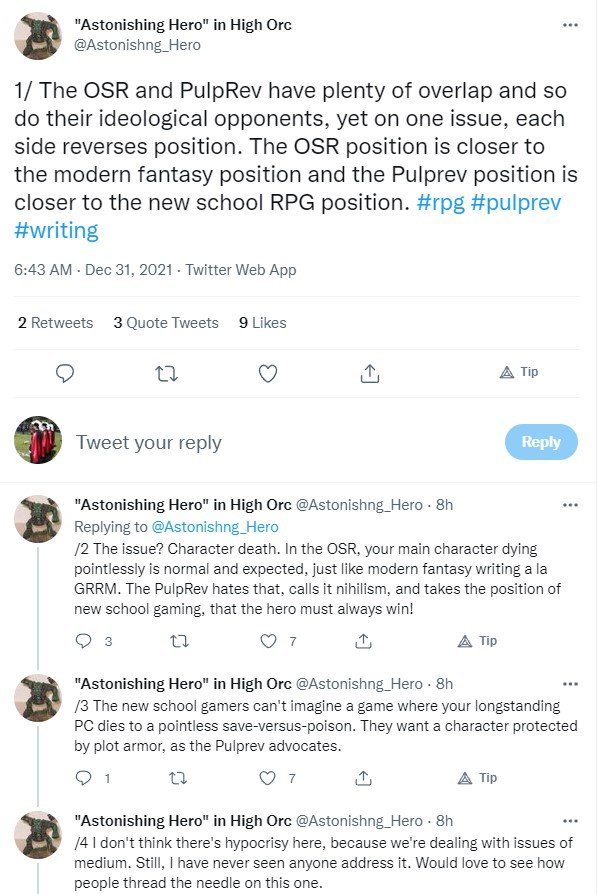
On Twitter, Astonishing Hero asked an excellent question about how in a lot of pulpy adventure stories the hero always beats the bad guy and gets the girl, and then interestingly contrasted it with preferred RPG play style. There was lots of great discussion over on Twitter, but the part of it that really spoke to me was about the relative dearth of tragedy as a literary form in the kinds of men’s adventure stories that I like to read and review.
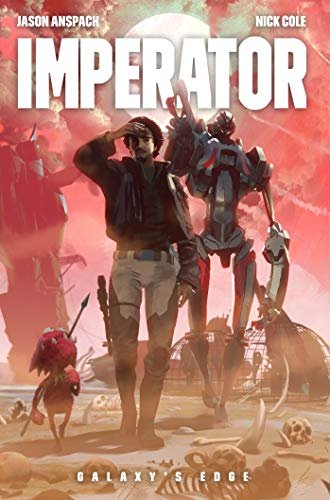
One of the few examples I can think of is Imperator by Nick Cole and Jason Anspach. The Galaxy’s Edge universe is pretty dark, but structurally the stories are a series of marvelous adventures, and at the end the bad guy gets dead. This is a romance, or as we moderns would say, an adventure novel.
Imperator is the story of the corruption and fall of a very good man. It is a classic tragedy, and a remarkable addition to the overall series because of this change in form. But tragedy is hard to do in a genre that is mostly escapist, geared towards generating a sense of wonder.
The Gods section of Gods & Legionnaires also has elements of tragedy, of pathos, in it, but that book mixes it with irony or sparagmos. That book is also the most divisive in the fan base for being in a different mode than everything else.
George Lucas tried to do a tragedy with his Star Wars prequels, and I think a lot of the negative reaction at the time was because many fans expected a different form. They wanted to see Darth Vader being a serious badass, like you see in the end of Rogue One. What they got was something else entirely. As time goes on, this has faded, but I remember what it was like.
Proper tragedies are not common at the moment in popular culture. There are some historical reasons for this, and some marketing reasons for this, but I want to focus in on the structural reasons. I’m going to use Northrop Frye’s model from the Anatomy of Criticism.
First, what I called forms, Frye referred to as mythoi:
The four mythoi that we are dealing with, comedy, romance, tragedy, and irony, may now be seen as four aspects of a central unifying myth. Agon or conflict is the basis or archetypical theme of romance, the radical of romance being a sequence of marvelous adventures. Pathos or catastrophe, whether in triumph or in defeat, is the archetypal theme of tragedy. Sparagmos, or the sense that heroism and effective action are absent, disorganized or foredoomed to defeat, and that confusion and anarchy reign over the world, is the archetypal theme of irony and satire. Anagnorisis, or recognition of a newborn society rising in triumph around a still somewhat mysterious hero and his bride, is the archetypal theme of comedy.
Romances, adventure stories, are just not the same form as a tragedy. However, there is more to the model than this. Stories are rarely purely one form or another, and there is the additional dimension of mode:
Frye's five “modes” of fiction, with each mode defined by the power of the hero. Here they are, in their proper order, which also happens to be a brief outline of the development of literary forms in the modern West since the Dark Ages, and of the ancient West in the previous cycle:
---In the mode of myth, the hero is superior in kind to other men and the environment of other men. These stories in which the hero is a divine being are important for literature, but generally fall outside the normal literary categories.
---In a romance, the hero is superior in degree to other men and to the environment, but is simply an extraordinary human being. The laws of nature in romances are often not those that we meet in the real world, but they are self-consistent once they are established.
---The high mimetic mode obtains when the hero is superior in degree to other men, but not to the environment. This is the kind of hero Aristotle principally had in mind: the leader whom we find in most epic and tragedy.
---The low mimetic mode treats of a hero who is no better than the rest of us, which we find in most comedy and realistic fiction. We respond to the hero's common humanity in this sort of fiction. The story must display the canons of probability that we use in ordinary experience.
---When the hero has less power or intelligence than ourselves, so that the scene is one of bondage, absurdity, or frustration, the mode is ironic.
In the kind of classic pulp story that Astonishing Hero was talking about, we are in the pure romance form with the mode of the hero being superior in degree to both men and the environment. The hero thus wins in the end, because he has all the advantages. Lots of later development in science fiction and fantasy came from authors playing with the mode while keeping the form.
For example, Jack Vance’s famous anti-hero Cugel the Clever is in a setting or milieu of a romance, but the mode is irony. Cugel has a kind of low cunning, but is an absolute fool. However, what you often see is at despite Cugel’s personal lack of probity, he often prevails against even worse people, thus fulfilling the essence of the romance, the victory of good over evil, albeit by an unworthy instrument.
A contemporary author like George R. R. Martin is controversial because he is writing a story that looks like a romance, but the story that Martin wants to write is a rejection of everything that a romance stands for. But his setting and his story cry out to be taken seriously as a romance, rather than “Sparagmos, or the sense that heroism and effective action are absent, disorganized or foredoomed to defeat, and that confusion and anarchy reign over the world, [which] is the archetypal theme of irony and satire”.
There was a brilliant Twitter thread I can’t find at the moment that Martin’s lapsed Catholicism and his rejection of grace are the defining marks of his writing. But the romance is the literary essence of the work of grace, of providence, and thus Martin cannot write a satisfactory ending to A Song of Ice and Fire because what he wants to do is at war with the form he is using. The mode should probably be satire, but instead he picked the low mimetic or “realistic” mode.
Thus, in ASOIF, people die because that is what happens in war. But Cole and Anspach do that too, with an entirely different moral valence to the story. And I think the difference is that Martin is actually not aiming for meaningless deaths, but for deaths that outrage the sense of who deserves to live and triumph in a romance. But this is all in the frame of a romance, so it undercuts his stated purpose.
Maybe if Martin really embraced the Dionysian rending aspect of Sparagmos he could get there, but I don’t think he wants to, nor do the fans of “grimdark” fantasy either, because it would tear fantasy apart to really do what he wants to do. To really have “meaningless” deaths is to embrace the ironic mode.
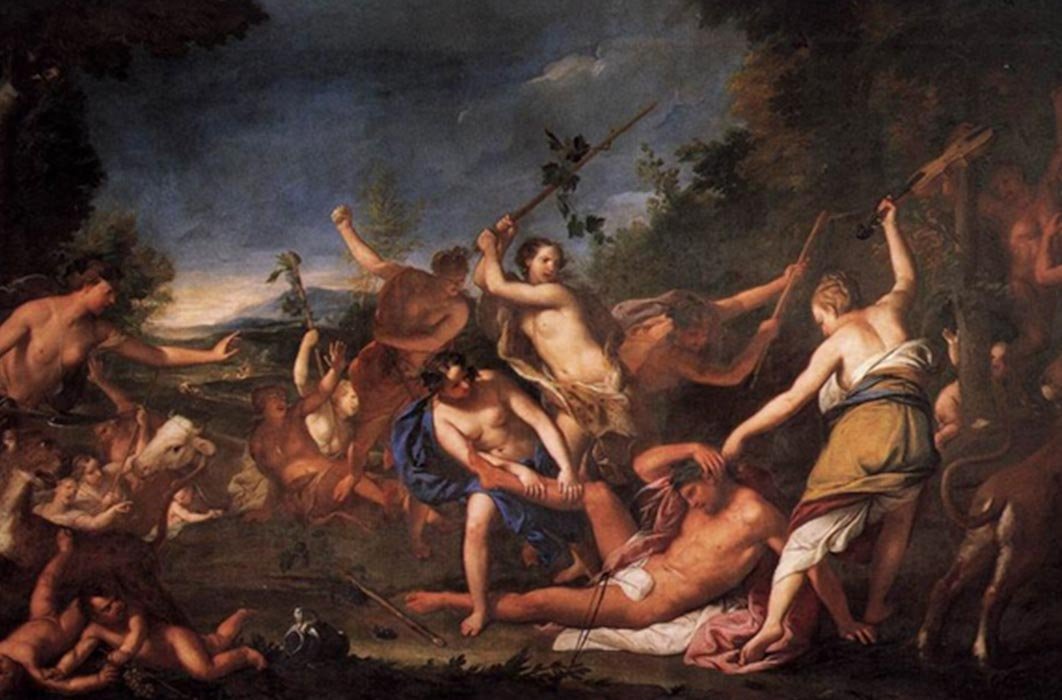
The Maenads
Irony and satire are interesting in Frye’s modes of heroic action, because when either is pushed to extremes you loop back around to the beginning, to myth and legend. The 2019 Joaquin Phoenix Joker movie was like this, but an even earlier example was the Brad Pitt Edward Norton movie adaption of Chuck Palahniuk’s Fight Club. Palahniuk wanted to write a satire of toxic masculinity, but at least the movie ended up magnificently personifying it instead.
Thus, if Martin actually completed his project of writing the anti-Lord of the Rings, he would just end up re-creating the kind of myths that Professor Tolkien so loved that led him to write such a thing in the first place. In order not to do that, he has to stop short, and thus he can’t finish.
A proper tragedy, on the other hand, would have been a pretty interesting way to try to structure the story Martin was trying to tell. He just didn’t do that. It is probably harder to do well now than either adventure or satire. Our culture is pretty good at those forms, but both of the others are largely absent. I’ll have to leave off discussion of that topic for another day.
To return to the original question, how does Frye’s taxonomy illuminate tabletop RPG play? The modern style of play makes quite a bit of sense, insofar as 5th edition seems very much like a kind of fantasy superhero playground or theme park. The PCs are superior to both their enemies and the environment, and the story is intended to proceed to a clear climax, a victory of good over evil, or whatever the current acceptable term is in those circles.
This really does map to the classic pulp adventure form and mode. The substance is pretty different, but the bones of it are similar. The older style of play, either the OSR or the BROSR versions, can flex between the high and low mimetic modes, and even the ironic mode. If you look at the illustrations in the AD&D Dungeon Masters Guide, it is pretty clear that the game’s first generation of players didn’t take themselves too seriously, even as they embraced a game with high lethality and realistic kinds of assumptions behind the utility of accurate timekeeping and how much you could actually carry.
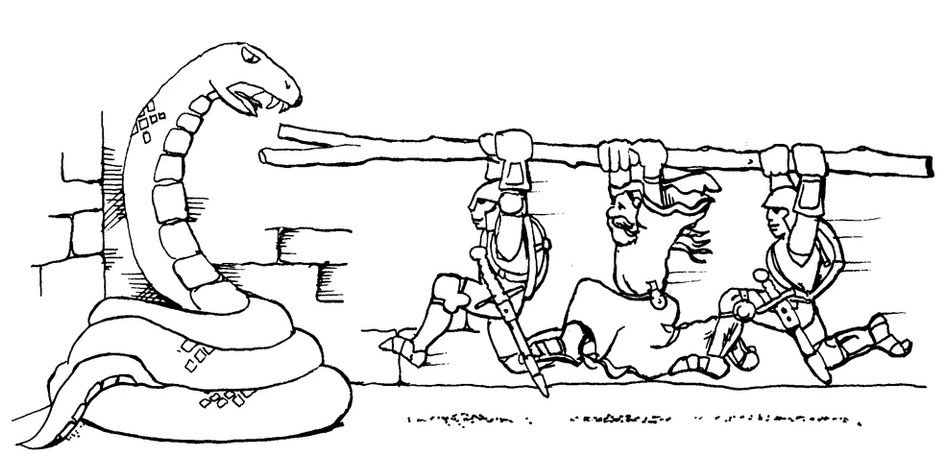
The metaphor breaks down a bit when you look at the often plotless styles of play that used to be common. Old school D&D has loads of great stories, but no plot. While the game was pretty clearly intended to allow for the kinds of adventures that you could read in books, the way you got there was real different.
I have some thoughts about how that gaming culture changed over time, but that too is a subject for another post.
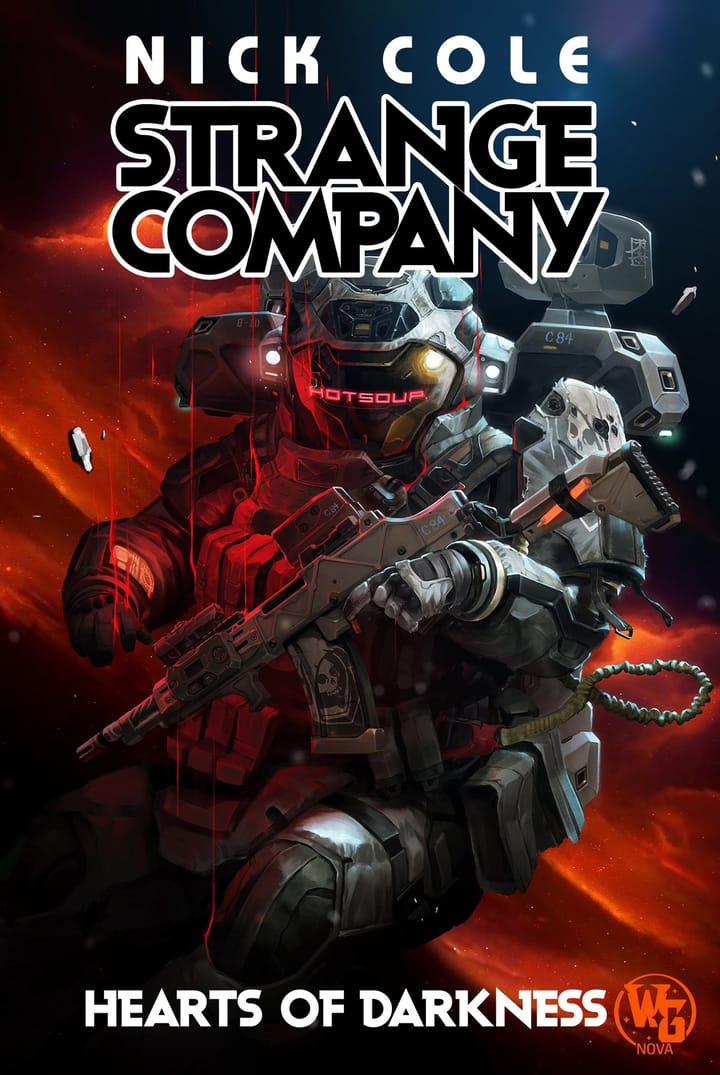

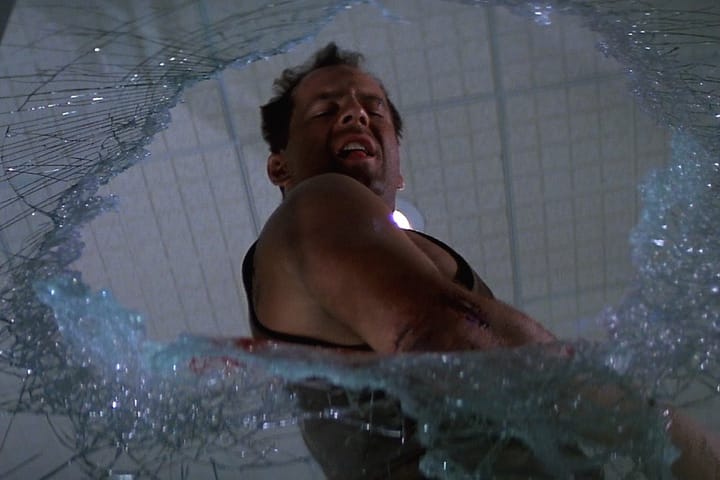
Comments ()